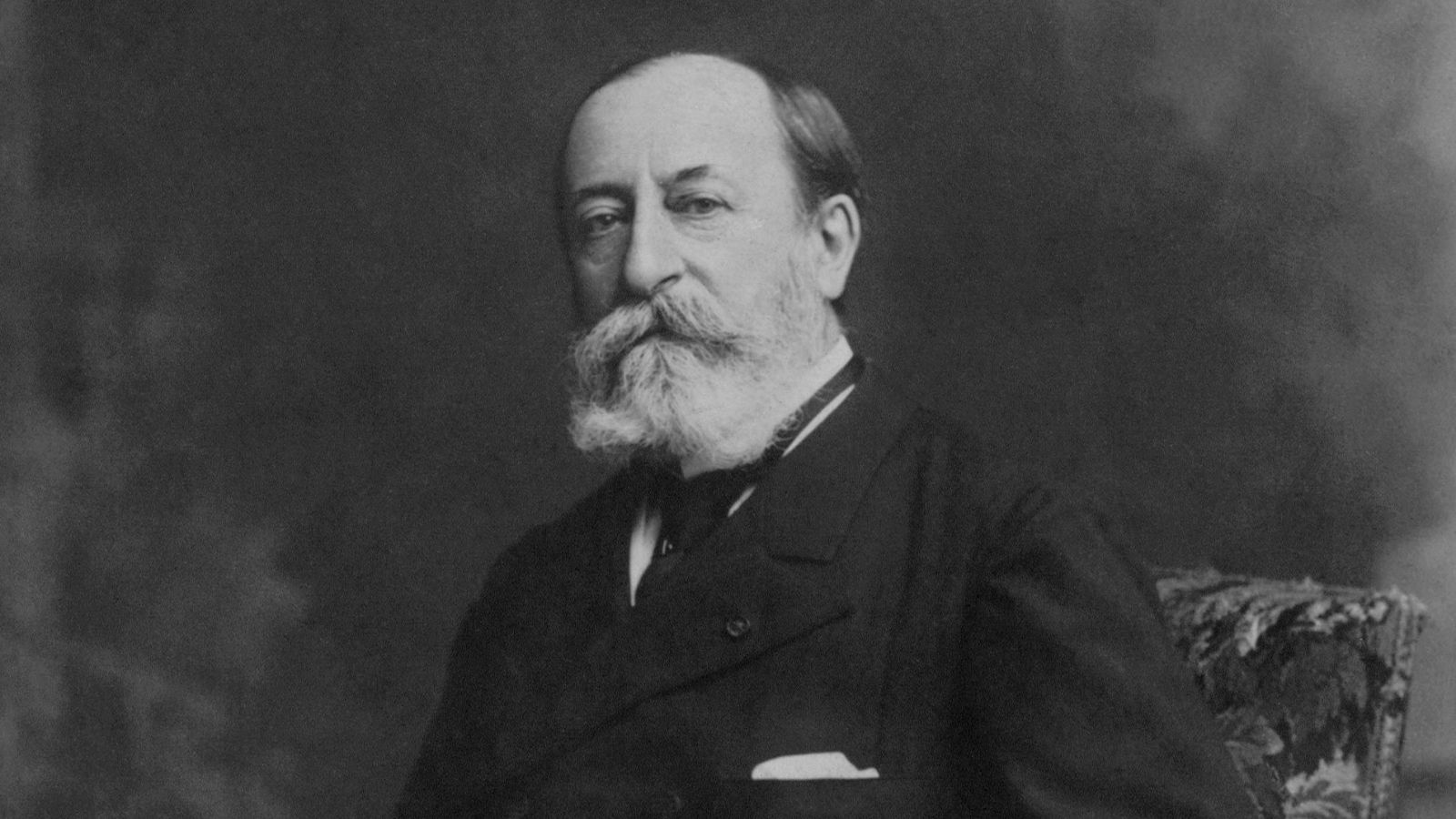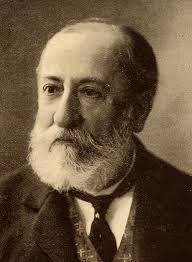Camille Saint-Saëns (1835-1921) was a French composer, pianist, and organist who made significant contributions to the Romantic era of classical music. Known for his versatility and technical brilliance, Saint-Saëns produced an extensive body of work, ranging from symphonies to chamber music, operas, and concertos. Here are five of his most outstanding compositions that continue to captivate audiences worldwide.
1. “The Carnival of the Animals” (Le Carnaval des Animaux)
This humorous suite, composed in 1886, has become one of Saint-Saëns’ most popular works. Originally intended as a private joke, “The Carnival of the Animals” depicts various animals through a series of movements. Each animal has its own musical theme: the stately lion, the graceful swan, the playful kangaroos, and even fossils represented by xylophone. The most famous movement, “The Swan,” is often performed as a standalone cello piece, enchanting listeners with its serene and lyrical melody.
2. “Symphony No. 3 in C Minor, Op. 78” (Organ Symphony)
Saint-Saëns’ “Symphony No. 3,” composed in 1886, is a monumental work that blends the grandeur of the symphonic form with the majestic sound of the pipe organ. The work is famous for its unique use of the organ, which adds a rich and sonorous texture to the orchestra. The symphony’s final movement, where the organ’s powerful chords elevate the music to a climactic conclusion, is one of the most awe-inspiring moments in classical music.
3. “Piano Concerto No. 2 in G Minor, Op. 22”
This concerto, composed in 1868, showcases Saint-Saëns’ remarkable skill as a pianist and composer. The Piano Concerto No. 2 opens with an unaccompanied piano solo that leads into a dramatic and richly textured work. The first movement, in a free, almost improvisatory style, contrasts with the lively second movement and the frenetic, dance-like finale. The concerto is a favorite among virtuoso pianists and remains a popular part of the concert repertoire.
4. “Danse Macabre, Op. 40”
Composed in 1874, “Danse Macabre” is a tone poem that portrays a vivid scene of Death leading skeletons in a wild dance at midnight. The piece features a haunting solo violin, playing the eerie “Devil’s Trill,” which represents Death’s presence. The xylophone simulates the rattling bones of the skeletons, while the swirling orchestration paints a dark, mysterious atmosphere. “Danse Macabre” remains one of Saint-Saëns’ most thrilling and imaginative works.
5. “Samson and Delilah, Op. 47”
This opera, composed between 1867 and 1877, is Saint-Saëns’ most successful work for the stage. Based on the biblical story of Samson and Delilah, it is filled with dramatic tension, passion, and musical grandeur. The most famous aria, “Mon cœur s’ouvre à ta voix” (My Heart Opens to Your Voice), sung by Delilah, is one of the most sensual and beautiful pieces in the entire operatic repertoire. The opera as a whole is a masterful combination of lyrical beauty and dramatic intensity.
Conclusion
Camille Saint-Saëns was a master of creating vivid imagery and emotion in his music. From the lighthearted whimsy of “The Carnival of the Animals” to the dramatic intensity of “Samson and Delilah,” his works continue to be celebrated and performed around the world. These five compositions are just a glimpse into the depth and breadth of his genius, showcasing his remarkable versatility and enduring appeal.


Comments are closed